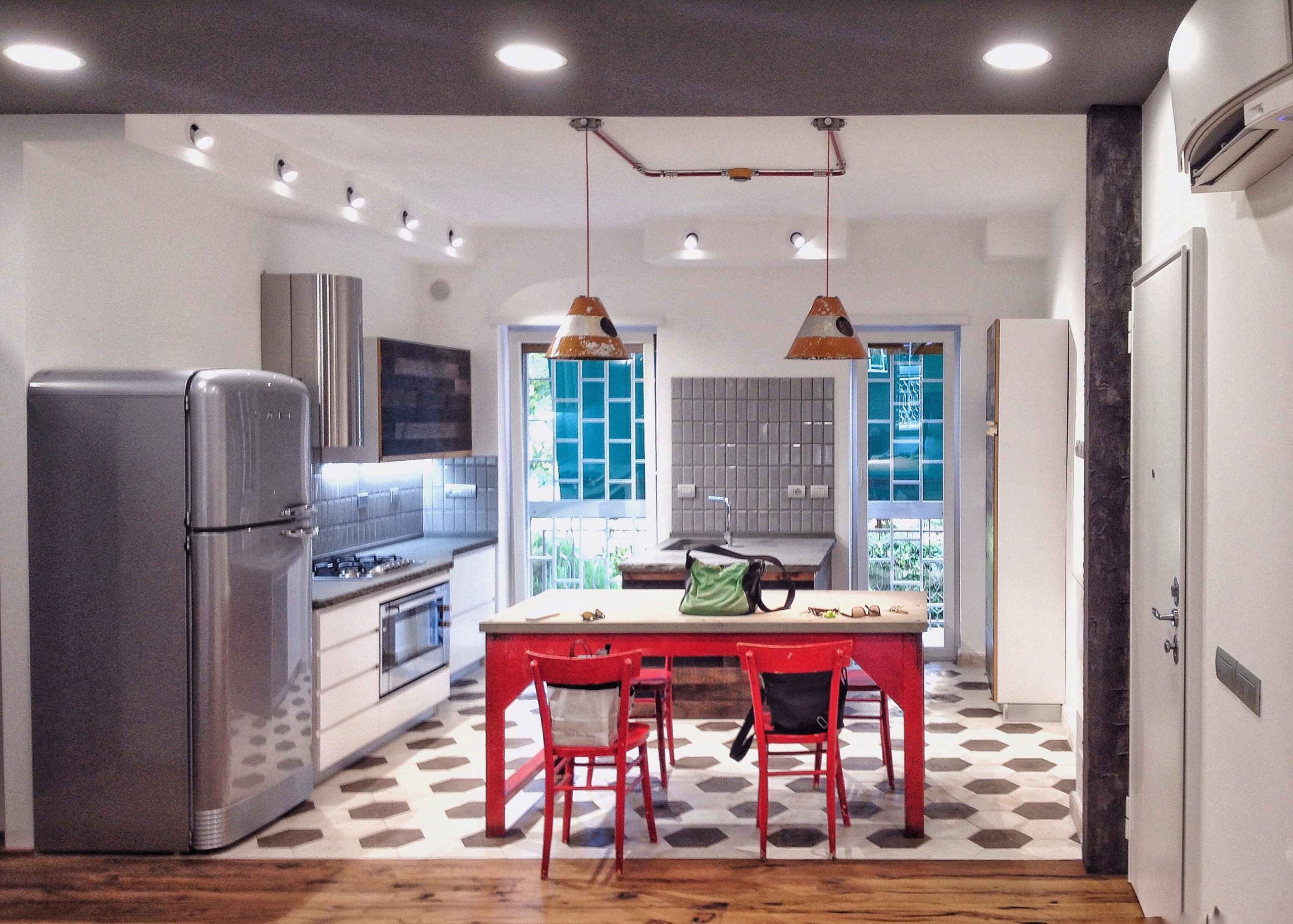Kitchen Remodeling Would be Tax Deductible as a Home Improvement
Photo by @emilioponz on Twenty20.com
Refinishing can be a way to make a remodeling process much faster and cost-effective. It is one of the many things you must take into account when you want to remodel, but others are the legal and economic aspects of it. When you are considering doing some work on your property, you need to consider whether it will fall under the category of home repair, or home improvement. This is a crucial distinction because home improvements are tax-deductible, whereas home repairs are not.
So what constitutes home improvement? In its basic form, it is any task that will add to the quality and therefore the value of your home. Such tasks would include putting up a new fence, installing a new driveway, complete kitchen remodeling, extending your property to add a room, building a swimming pool or garage, constructing a deck or porch, adding insulation, installing new heating or air conditioning systems, replacing the roof, or re-landscaping your yard. All of these tasks will require capital expenditure but will add to the value of your property and increase the equity in your home.
Home repair, on the other hand, is a task undertaken to prevent the decline or decay of your property and a subsequent drop in value. The task is necessary to maintain your home to its existing standard, without making significant additions or improvements. Home repairs include repainting or decorating, fixing leaks or breakages, repairing cabinets, and replacing fixtures that no longer function.
Generally, expenditure on home repairs cannot be used to obtain a tax benefit. However, there is a possibility that you could incorporate your repairs into a home improvement project and still gain a financial advantage. If you were undertaking a large remodeling task, you would be doing a lot to improve your property and increasing the value, and if you were doing some repairs as part of this project, expenditure for the whole task could be tax-deductible. In other words, next time you plan to add an extra room to your home, be sure to fix the leaky roof at the same time!
If you require refinancing to pay for your home improvements, you may be advised to wait for a drop in interest rates. If you obtain refinance and use the capital for home improvements, you will be able to deduct the loan points in that same financial year. If you choose not to use the capital to pay for home improvements, the points will be deducted over the term of the loan. If you use only a portion of the loan for home improvements, then your possible deduction is also proportional. The rest of the points will be deducted during the term of the loan. Any points not deducted by the final payoff date of the loan will be a cent percent deductible in that year.
Before you start work on your home, you really need to understand the various distinctions that allow or disallow tax deduction. You can then make a decision whether it would be financially prudent to expand your project beyond simple repairs to increase the value of your property and ensure your expenditure is tax-deductible. Our experience can be of great help, so for both repairs and remodeling, we, at Surface Designers, can give you elements to judge and make the best decisions.


